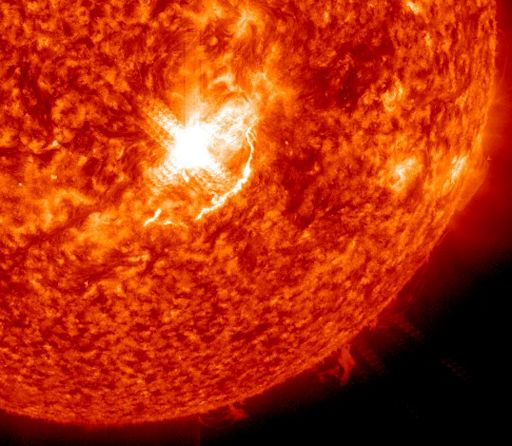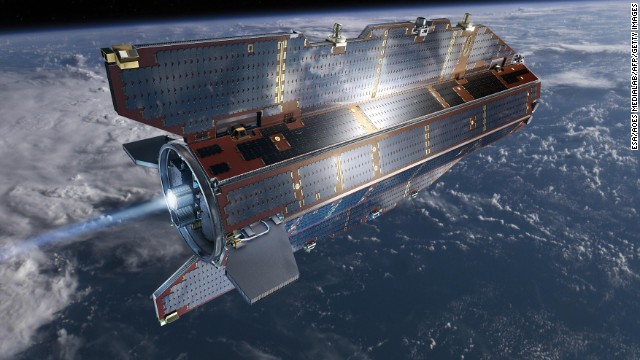 Il satellite Goce rientrato nell’atmosfera
Il satellite Goce rientrato nell’atmosfera
Cessato allarme dall’Agenzia Spaziale

Il satellite europeo Goce (Gravity Field and Steady State Ocean Circulation Explorer) è rientrato nell’atmosfera intorno alla 1,00 di lunedì e si è probabilmente disintegrato senza danni. Lo ha dichiarato l’Agenzia Spaziale Europea (Esa). Dunque nessun impatto in Italia di frammenti del satellite e pericolo scongiurato.,pericolo del resto già escluso dall’Agenzia Spaziale Italiana. Secondo gli ultimi aggiornamenti dell’Esa, le più probabili zone in cui potrebbero cadere i frammenti sono l’oceano Pacifico, l’oceano Indiano e parte dell’Asia.









